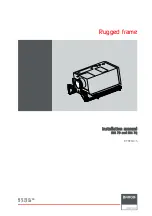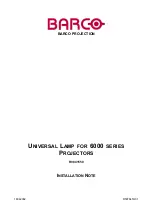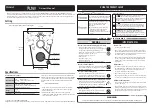
23
4 Mounting
VEGAPULS 67 • Profibus PA
36533-EN-170405
The sensors do not influence each other.
Information:
Keep in mind that for these applications, the sensors are designed
for relatively slow level changes. If the sensor is used on a movable
boom, the max. measuring rate must be observed (see chapter
"
Technical data
").
Fig. 16: Radar sensors on traverse crane
The mounting location of the radar sensor should be a place where no
other equipment or fixtures cross the path of the radar signals.
Vessel installations, such as e.g. ladders, limit switches, heating spi-
rals, struts, etc., can cause false echoes and impair the useful echo.
Make sure when planning your measuring point that the radar sensor
has a "clear view" to the measured product.
In case of existing vessel installations, a false signal suppression
should be carried out during setup.
If large vessel installations such as struts or supports cause false
echoes, these can be attenuated through supplementary measures.
Small, inclined sheet metal baffles above the installations scatter the
radar signals and prevent direct interfering reflections.
Fig. 17: Cover flat, large-area profiles with deflectors
If there are agitators in the vessel, a false signal suppression should
be carried out with the agitators in motion. This ensures that the
interfering reflections from the agitators are saved with the blades in
different positions.
Vessel installations
Agitators
















































